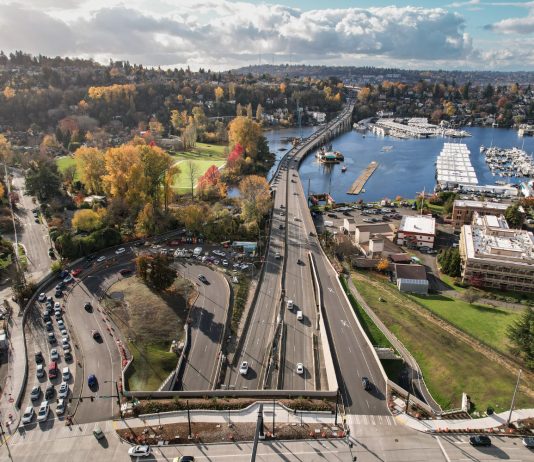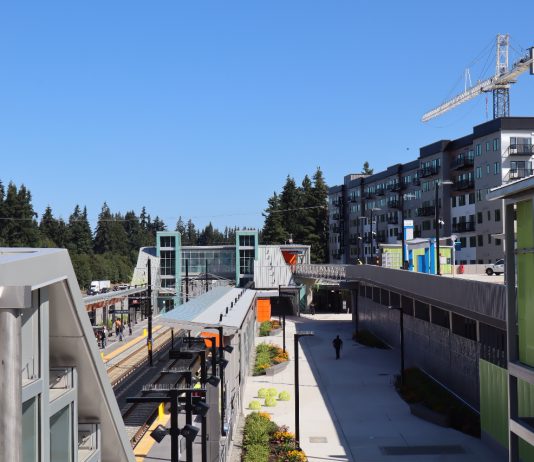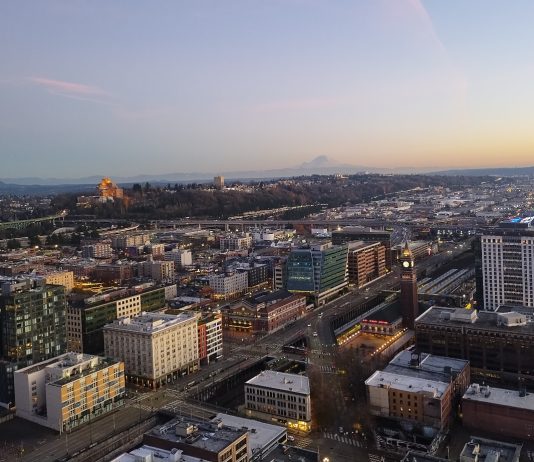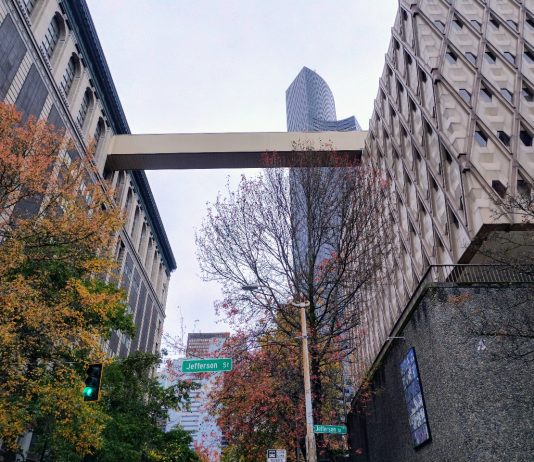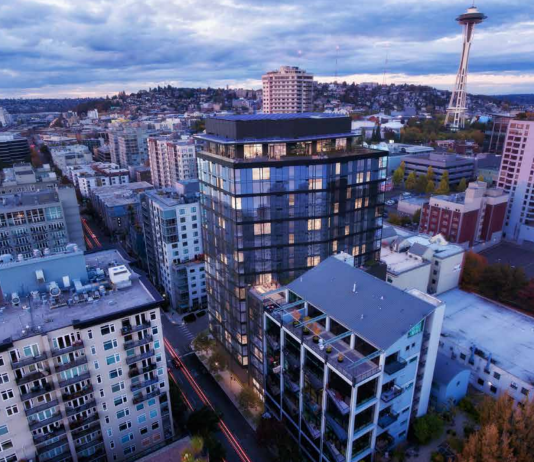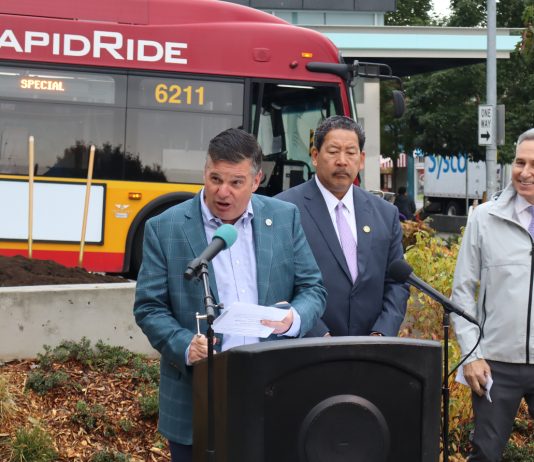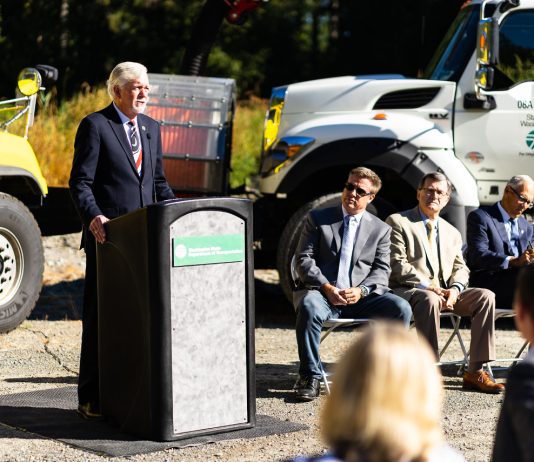Ryan Packer
685 POSTS
0 COMMENTS
Ryan Packer has been writing for The Urbanist since 2015, and currently reports full-time as Contributing Editor. Their beats are transportation, land use, public space, traffic safety, and obscure community meetings. Packer has also reported for other regional outlets including BikePortland, Seattle Met, and PubliCola. They live in the Capitol Hill neighborhood of Seattle.
Declining state transportation revenue and increased project costs are on a collision course. Long-promised highway projects, court-ordered fish culvert removal, and badly needed investments in transit, active transportation, and traffic safety are all fighting for a shrinking pie.
In approving a unanimous update to its Comprehensive Plan, the Shoreline City Council is set to go well beyond the minimum requirements of state law in pursuit of creating additional housing options and more vibrant neighborhoods.
In a letter approved this week, the Seattle Planning Commission expressed disappointment that the draft One Seattle Comprehensive Plan doesn't go much beyond state mandates, and pushed for changes to make the housing plan bolder and more forward-thinking.
Kirkland's 20-year growth plan represents a step back from more ambitious proposals considered earlier this year, but it lays down a marker for where the city is headed next.
The King County Council approved a motion getting on board with Executive Dow Constantine's vision to add housing and other uses transforming the County's campus in Downtown Seattle. The vote pushed the idea a small step toward becoming a reality.
A small tweak to Seattle's land use code will allow a 182-unit tower to move forward in Belltown after years of appeal. Clearer direction around stacking height incentives like those in the sustainability-focused Living Building program could potentially allow more homes throughout downtown in the coming years.
Greg Spotts is the latest SDOT Director to leave the city after a short stint, departing after overseeing a strong finish on the $930 million Levy to Move Seattle.
Washington State could be set to pay a significant price for decades of underinvesting in basic maintenance of the state transportation system, outgoing WSDOT head Roger Millar said.

